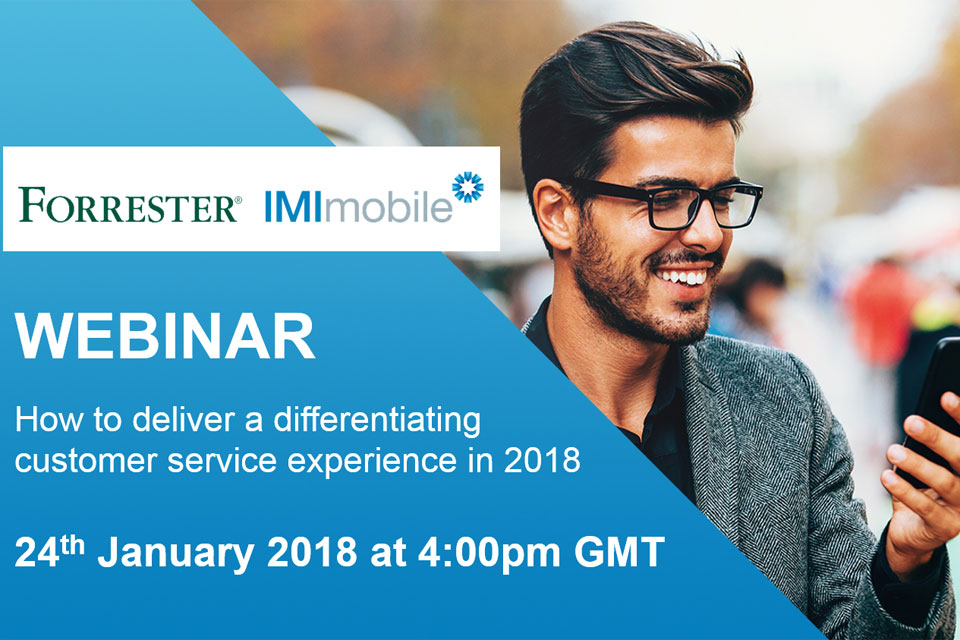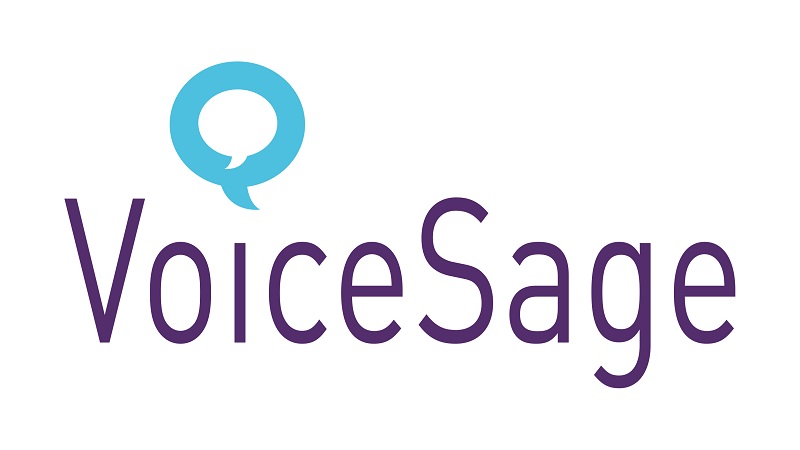80% of business leaders say Robotic Process Automation improves customer service
https://contactcentresummit.co.uk/wp-content/uploads/2019/02/Technology.jpg 960 640 Stuart O'Brien Stuart O'Brien https://secure.gravatar.com/avatar/81af0597d5c9bfe2231f1397b411745a?s=96&d=mm&r=gNICE has revealed insights from a commissioned study conducted by Forrester Consulting that shows the connection between improved customer service and Robotic Process Automation (RPA).
The findings indicated that 80 percent of business leaders surveyed felt RPA is important in making customer service teams more efficient.
RPA is not only a key component of a broader digital transformation, but 88 percent of respondents also consider it a cost mitigation strategy, while 72 percent reported looking at RPA as an enabler of customer self-service in emerging channels.
NICE asserts the findings testify to the strategic importance of embracing technologies that drive true and full digital transformations for enterprises while empowering employees to improve performance and automating increasing levels of processes at varied complexities.
This survey-based research study highlights the rapid growth of the RPA market and indicates that deployments are still the tip of the iceberg, stating: “According to Forrester’s research, RPA’s growth will continue, with global spending on RPA services in 2019 set to exceed $5 billion – and $12 billion by 2023.”
The research brings to light that 78 percent of business leaders are willing to leverage digital workers or robots for routine tasks while human contact center agents take on more strategic roles. Additionally, almost half (49 percent) of employees surveyed said RPA has removed all or some of the mundane tasks and helped them focus better on their work. These statistics indicate that RPA technology increase employee engagement and enable improved levels of customer service delivery, thus boosting brand differentiation in today’s customer experience-driven era.
Additionally, the study also noted that 47 percent of employee respondents stated they sometimes or often forget a step in the process. This directly ties into 41 percent of managers and employees reporting that the reduction of manual errors is one of the top three impacts of RPA on the employee’s job. Both these findings indicate RPA also improves service quality.
Barry Cooper, President, NICE Enterprise Product Group, said: “We welcome the insights from Forrester’s research which validate the market movements towards intelligent Robotic Desktop Automation solutions that sit at the heart of an organization’s digital transformation. NICE’s vision of bringing automation to the people is more relevant than ever to this dynamic high growth market. We look forward to expanding our partnership with organizations that want to empower their employees and drive their business to new heights of customer satisfaction and efficiency.”



